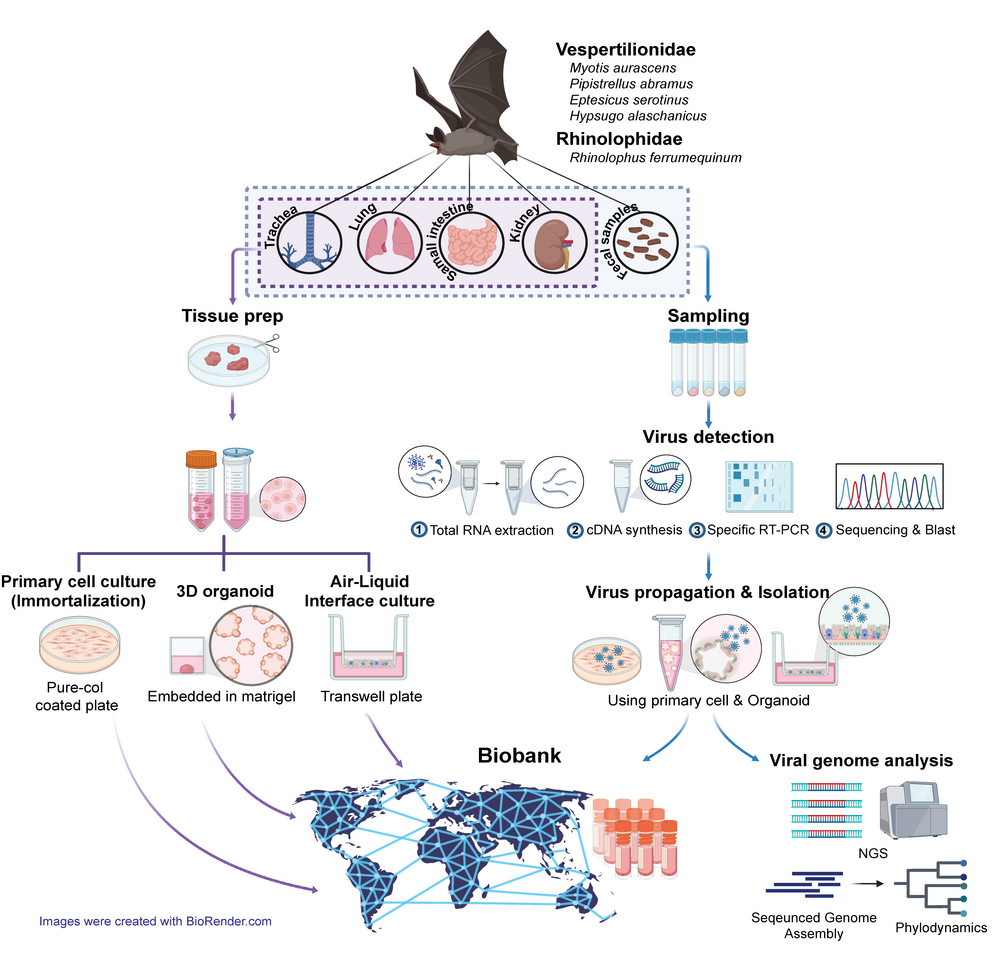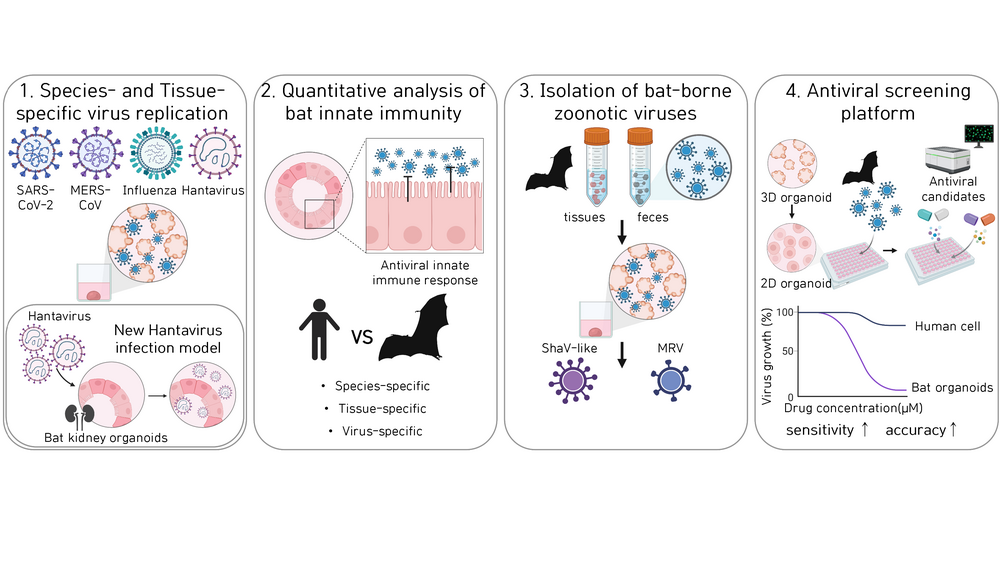주메뉴
- About IBS 연구원소개
-
Research Centers
연구단소개
- Research Outcomes
- Mathematics
- Physics
- Center for Underground Physics
- Center for Theoretical Physics of the Universe (Particle Theory and Cosmology Group)
- Center for Theoretical Physics of the Universe (Cosmology, Gravity and Astroparticle Physics Group)
- Dark Matter Axion Group
- Center for Artificial Low Dimensional Electronic Systems
- Center for Theoretical Physics of Complex Systems
- Center for Quantum Nanoscience
- Center for Exotic Nuclear Studies
- Center for Van der Waals Quantum Solids
- Center for Relativistic Laser Science
- Chemistry
- Life Sciences
- Earth Science
- Interdisciplinary
- Center for Neuroscience Imaging Research (Neuro Technology Group)
- Center for Neuroscience Imaging Research (Cognitive and Computational Neuroscience Group)
- Center for Algorithmic and Robotized Synthesis
- Center for Genome Engineering
- Center for Nanomedicine
- Center for Biomolecular and Cellular Structure
- Center for 2D Quantum Heterostructures
- Center for Quantum Conversion Research
- Institutes
- Korea Virus Research Institute
- News Center 뉴스 센터
- Career 인재초빙
- Living in Korea IBS School-UST
- IBS School 윤리경영


주메뉴
- About IBS
-
Research Centers
- Research Outcomes
- Mathematics
- Physics
- Center for Underground Physics
- Center for Theoretical Physics of the Universe (Particle Theory and Cosmology Group)
- Center for Theoretical Physics of the Universe (Cosmology, Gravity and Astroparticle Physics Group)
- Dark Matter Axion Group
- Center for Artificial Low Dimensional Electronic Systems
- Center for Theoretical Physics of Complex Systems
- Center for Quantum Nanoscience
- Center for Exotic Nuclear Studies
- Center for Van der Waals Quantum Solids
- Center for Relativistic Laser Science
- Chemistry
- Life Sciences
- Earth Science
- Interdisciplinary
- Center for Neuroscience Imaging Research (Neuro Technology Group)
- Center for Neuroscience Imaging Research (Cognitive and Computational Neuroscience Group)
- Center for Algorithmic and Robotized Synthesis
- Center for Genome Engineering
- Center for Nanomedicine
- Center for Biomolecular and Cellular Structure
- Center for 2D Quantum Heterostructures
- Center for Quantum Conversion Research
- Institutes
- Korea Virus Research Institute
- News Center
- Career
- Living in Korea
- IBS School
News Center
World’s Largest Bat Organoid Platform Paves the Way for Pandemic Preparedness- IBS scientists create a diverse bat organoid model to study bat-borne viruses, advancing early detection and drug testing for future outbreaks - Did you know that more than 75% of new infectious diseases affecting humans originally come from animals? Bats, in particular, are natural hosts to some of the world’s most dangerous viruses, including those responsible for COVID-19 (SARS-CoV-2), MERS-CoV, influenza A, and hantavirus outbreaks. Yet, despite their importance, scientists have long struggled to study how these viruses behave inside bats, simply because the right biological tools didn’t exist. Until now, most research has used either generalized cell samples or organoids made from just one type of tropical fruit bat, and only from a single organ. But a breakthrough has arrived: a research team led by the Institute for Basic Science (IBS) in Korea, along with international collaborators, has created the world’s most comprehensive bat organoid platform. These “mini-organs” are grown from five common bat species found across Asia and Europe and represent four different organs—airway, lungs, kidneys, and small intestine. “Reconstructing bat organ physiology in the lab lets us explore how zoonotic viruses—those that jump from animals to humans—work, in unprecedented detail,” said KOO Bon-Kyoung, Director of the IBS Center for Genome Engineering. Testing Viruses Where They Live Armed with these new tools, the researchers were able to directly test how key viruses—including SARS-CoV-2, MERS-CoV, influenza A, and hantavirus—infect different bat species and organs. They found that each virus behaves uniquely, sometimes infecting only certain organs or bat species. For example, a virus that grew easily in one bat’s lung might fail to grow in another’s kidney. This helps explain why some viruses can jump to humans, while others remain confined to bats. Senior Researcher KIM Hyunjoon emphasized, “This platform lets us isolate viruses, study infections, and test drugs all within one system—something you can’t do with ordinary lab cell models. By mimicking the bat’s natural environment, it boosts the accuracy and real-world value of infectious disease research.” The team also uncovered another mystery: bats’ immune systems respond differently to the same virus depending on the organ and the species. This could help explain why bats are able to carry so many viruses without becoming sick themselves. Another big achievement was the discovery of two previously unknown bat viruses—a mammalian orthoreovirus and a paramyxovirus—directly from wild bat feces. Notably, one of these viruses could not be grown in standard cell cultures but thrived in the new bat organoids, proving just how valuable this technology is for future virus isolation. And, by converting the organoids into a two-dimensional version, the scientists made it possible to quickly test potential antiviral drugs, like Remdesivir. These tests gave more reliable results than traditional lab methods. A Global Biobank for Future Pandemic Preparedness This bat organoid platform marks a new era for infectious disease research, making it possible to safely and effectively study dangerous viruses in a setting that closely mirrors real life. For the first time, scientists can screen for new viruses, assess their risk, and test drugs using bat tissues from multiple species and organs. “With these standardized and scalable bat organoids, we aim to systematically identify novel bat-origin viruses and screen antiviral candidates targeting pathogens with pandemic potential,” said Dr. CHOI Young Ki, Director of the Korea Virus Research Institute, Institute for Basic Science (IBS). The research team envisions expanding this work into a global biobank resource that will serve as a cornerstone for both national and international biosecurity efforts. This initiative will enable deeper investigation into the viral features that drive cross-species transmission, support the development of comprehensive genetic maps of key bat species, and facilitate global preparedness. Ultimately, this platform will support efforts by health organizations, including the World Health Organization (WHO), to predict and prevent future pandemics.
Notes for editors
- References
- Media Contact
- About the Institute for Basic Science (IBS) |
| before |
|---|
- Content Manager
- Public Relations Team : Yim Ji Yeob 042-878-8173
- Last Update 2023-11-28 14:20













